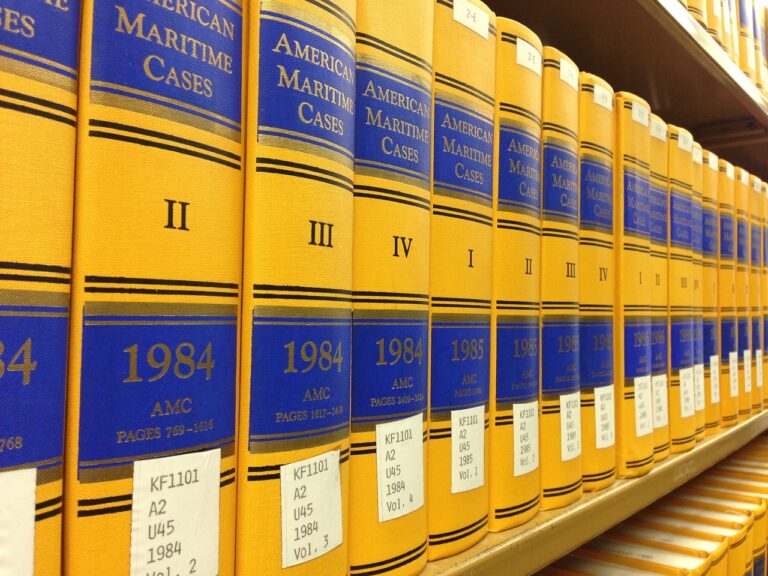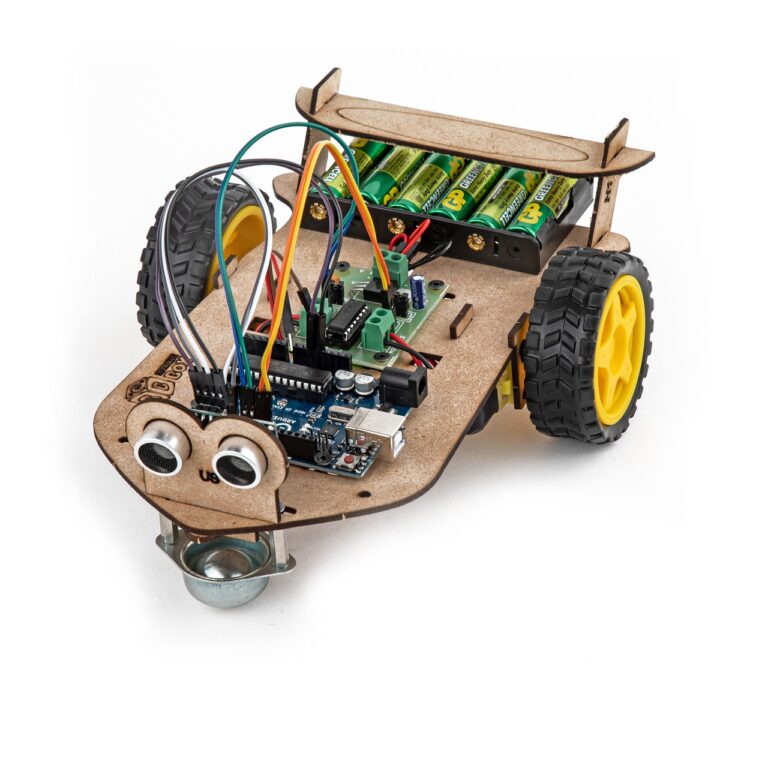Addressing Learning Loss and Catching Up
Learning loss has been a significant concern in the educational landscape, especially in the context of the COVID-19 pandemic. The disruptions caused by school closures and remote learning have led to varying degrees of academic setbacks for students across the globe. As schools navigate these challenges, it is crucial to delve into the repercussions of learning loss on students’ overall academic progress and well-being.
One of the primary impacts of learning loss is the widening of educational disparities among students. Those already facing socio-economic disadvantages have been disproportionately affected, exacerbating existing inequalities in access to quality education. As a result, bridging the learning gap has become a pressing issue for educators and policymakers alike, requiring targeted interventions to support vulnerable student populations in their educational journeys.
Identifying the Areas of Greatest Need
When evaluating the areas with the greatest need in terms of learning loss, it is essential to consider both academic and socio-emotional aspects. Academically, subjects like mathematics and reading comprehension often exhibit significant declines in student performance during prolonged periods of disrupted learning. It is crucial to address these core subjects comprehensively to bridge the gaps in knowledge and skills that have emerged.
Moreover, socio-emotional needs must not be overlooked, as the well-being of students also plays a pivotal role in their overall academic success. Identifying and supporting students who may be struggling emotionally or socially due to the effects of learning loss is essential for creating a conducive learning environment. By providing targeted interventions and resources to address these socio-emotional needs, educators can help students navigate the challenges posed by the disruptions in their learning experiences.
How can we determine the impact of learning loss?
The impact of learning loss can be determined by analyzing students’ academic performance data compared to previous years, conducting assessments to identify areas of weakness, and gathering feedback from teachers and parents.
What are some common areas of need that may arise from learning loss?
Common areas of need that may arise from learning loss include reading comprehension, math skills, writing proficiency, critical thinking abilities, and executive functioning skills.
How can educators identify the areas of greatest need among their students?
Educators can identify the areas of greatest need among their students by using data-driven assessments, conducting one-on-one conferences with students to discuss their challenges, collaborating with colleagues to gather insights, and seeking input from parents.
What strategies can be implemented to address the areas of greatest need in students?
Strategies to address the areas of greatest need in students may include targeted interventions, personalized learning plans, small group instruction, peer tutoring, academic enrichment programs, and social-emotional support services.
How can schools and communities work together to support students with learning loss?
Schools and communities can work together to support students with learning loss by establishing partnerships, providing resources for academic support, offering extracurricular activities, organizing parent workshops, and creating a culture of collaboration and communication.





